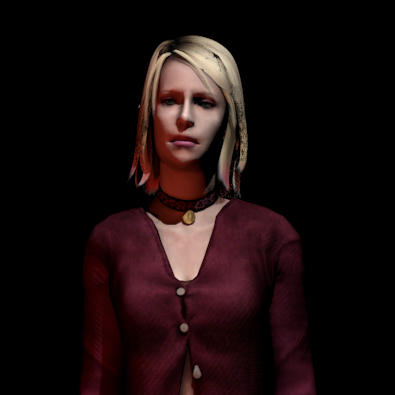WangoMango said:
So desperate of the answer behind it, does anyone know the secret?
Short drawing distance. Artists were creative to block a longer sight. There always is some wall to block your view, so you only see two or three rooms at a single time.
Programmers have to work on clever algorithms for hidden object removal, so stuff occluded from a wall is not processed. Often the solution was to precalculate this, so we know if we are in room X we might also see room A and F but nothing else. Quakes ‘Potentially Visible Set’ is an example.
Another trick is precalculated lighting for the static environment, again causing art restrictions. Dynamic time of day might not work. Instead they may bake lighting twice for the same environment, once at day and once at night, if needed.
Finally it's the usual things: Lower poly count, lower texture resolutions, lower material complexity, etc.
WangoMango said:
I wanted to make a game with that kind of graphic, with tools that fit with my computer's condition.
It should be possible. Eventually you want to look up older engines, but modern engines are also used to make mobile games, so i assume you can use them without much problems.
If you want to write your own engine that's just as easy / hard today as it was back then.






